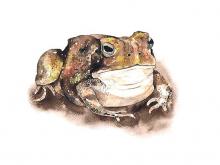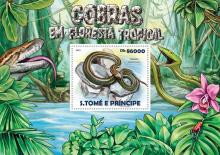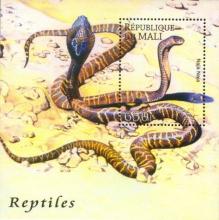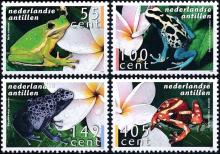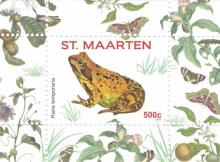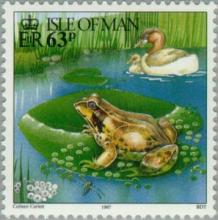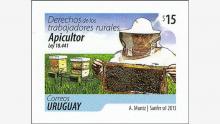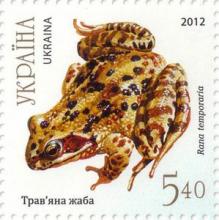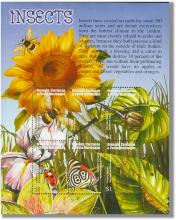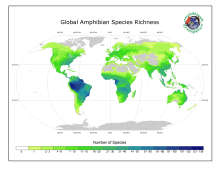Pesticide exposure can reduce the ability of amphibians to resist parasite infections
Across host–parasite systems, there is evidence that pesticide exposure increases parasite loads and mortality following infection. However, whether these effects are driven by reductions in host resistance to infection or slower rates of parasite clearance is often unclear. Using controlled laboratory experiments, we examined the ability of larval northern leopard frogs (Lithobates pipiens) and American toads (Anaxyrus americanus) to resist and clear trematode (Echinoparyphium sp.) infections following exposure to the insecticide carbaryl.

